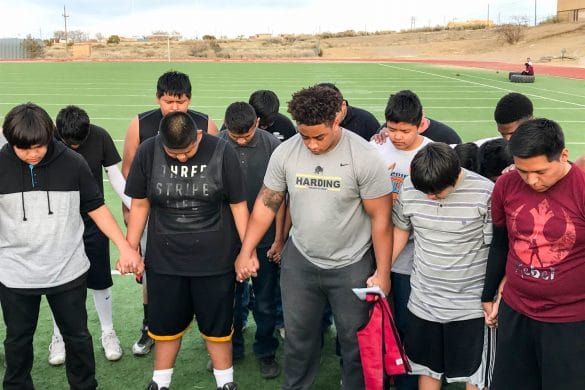As the semester comes to a close, the impending, shady unknown of graduation looms over the seniors’ shoulders. Pressure from family, peers and self-expectations emanate from within in and without, and the transition to the job world seems to mock the newborn professional.
LinkedIn is a social medium that makes that transition easier. Butch Gardner, the director of career services, recognizes the true value of the website.
“LinkedIn is a great site,” Gardner said. “It is one of the best tools that I can reccomend for services for networking purposes.”
However, the site can be confusing for some. For instance, Gardner says that the intentions of the site are not always clear to the younger users.
“It is all business,” Gardner said. “Sometimes I think our students mistake it for other forms of social media like Facebook.”
Moreover, the customizable features of the site, while incredibly useful for students, can be confusing. As a result, Gardner and the Career Services office have incorporated several tips and tricks to optimize students’ experiences with LinkedIn.
“Come by the Career Center and let us give you some tips on how to build a good profile,” Gardner said. “We’ll give you a LinkedIn rubric.”
That rubric is chock full of simple but profoud improvements. “For example, get a professional picture made, even if you have to spend a little money on it,” Gardner said.
The rubric also addresses the specific, resume-like portions of the site. The summary, for example, is, according to the rubric, a “section a bit like your cover letter. This is an area you can write about yourself.” The rubric stresses brevity in the form of bullet points, and originality.
The rubric also addresses useful tips regarding the skills section. “Take some time and look at people’s profiles who are working in the operation/industry you are intereseted in,” it says. “Check out their skills listed and if you have those same skills, add them to your section.”
Omar Garriot, an audience and product marketing employee at LinkedIn, posted an article called “10 Tips for Students and New Grads on LinkedIn.” Garriot says that claiming your own URL is key to being noticed on LinkedIn. This will increase your availability when people Google search your name. “This is also a handy link to use on your resume,” Garriot said.
Another tip geared more towards the strengths of Harding students involves the experience section of the site. Garriot states the obvious, saying that you should include your complete job history, and accentuate any special responsibilities or promotions. He also suggests that users take a closer look at what is considered valid for the section.
“Think broadly about your ‘experience’,” Garriot said. “Be sure to include volunteer activities if you have them.” Garriot cited several impressive statistics to prove the value of volunteering in the eyes of potential employers.
The availability, customizability, and overall usefulness of LinkedIn can provide graduates in May an opportunistic door into the professional world. With these few tips and tricks combined with further research, security is in reach.





